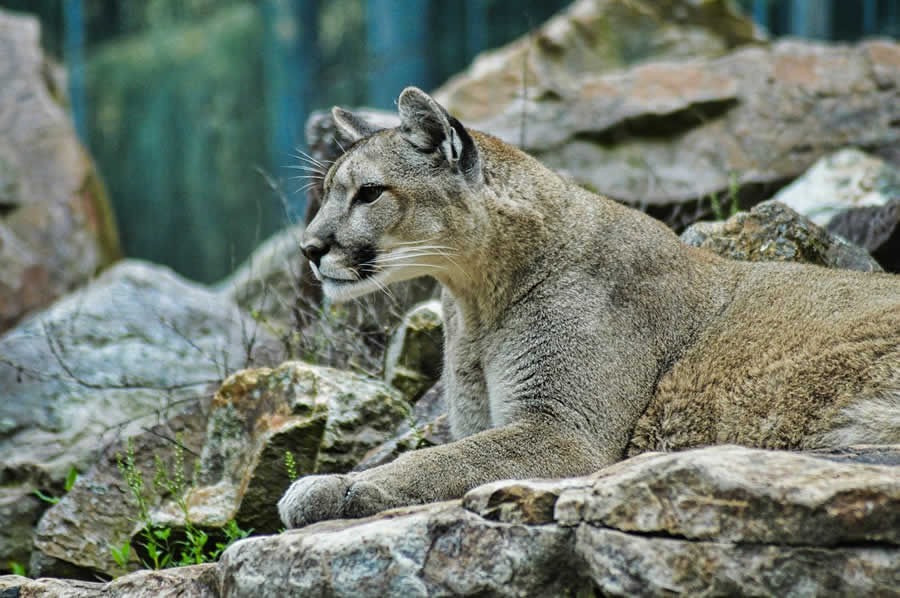Vermont's Extinct Catamounts – Where the Devil Cats Roamed
Vermont history is full of accounts regarding mountain lions prowling the woods and forests of Vermont. Supposedly, the last Catamount was shot in the town of Barnard in 1881.
Some folks call them devil cats while others call them a beautiful creation of nature
The Rise and Fall of the Vermont Catamount
Once upon a time, a powerful predator roamed the lush green forests and mountains of Vermont – the eastern cougar, locally known as the catamount. These large, nimble felines hunted among the sugar maples and white pines, helping maintain healthy ecosystems for thousands of years. As apex predators, catamounts kept deer and other prey populations in check, preserving the balance of nature.
When European colonists began settling the Vermont wilderness in the 18th century, they viewed the native catamounts as threats. As livestock farming grew and wilderness was cleared for farms and villages, conflicts arose. Bounties were soon placed on the heads of catamounts, encouraging settlers to shoot them on sight or trap them for reward money. The combination of active hunting and rapid habitat loss devastated Vermont's cougars over the coming decades.
Sightings grew rare. The last confirmed catamount killed in the state met its end near Barnard, Vermont in 1881, though unconfirmed sightings continued for a few decades after. Still, the population was never able to recover. In 2018, nearly 150 years after that last confirmed local killing, the eastern cougar was officially declared extinct across its entire native range, including Vermont. A creature that once defined Vermont's forests had vanished, with only paw prints remaining fossilized in the state's memory.
Icon of Vermont's Heritage
Though the living catamounts are gone forever, their spirit has lived on as an icon of Vermont's heritage. Their likeness continues to appear as mascots and symbols for Vermont sports teams, schools, and organizations. These symbols celebrate the respect, resilience, independence and vitality they represent for the state's culture and history. The catamount's lasting legacy serves as a reminder to continue preserving Vermont's remaining wild places for future generations.
The species was all but exterminated by the end of the 19th century. Yet, Catamount sightings persist, with the first recorded sighting near Craftsbury, VT in 1942. Since 1990, sightings have increased. Some believe that the state of Vermont knows of the Catamount’s existence and there is a conspiracy or cover up. According to the VT Department of Wildlife, there is no evidence supporting the existence of the legendary cat in the Green Mountains of Vermont. Devil Cats of Vermont!
Thank you for visiting Vermonter.com! Please subscribe to our email list for the latest articles!







